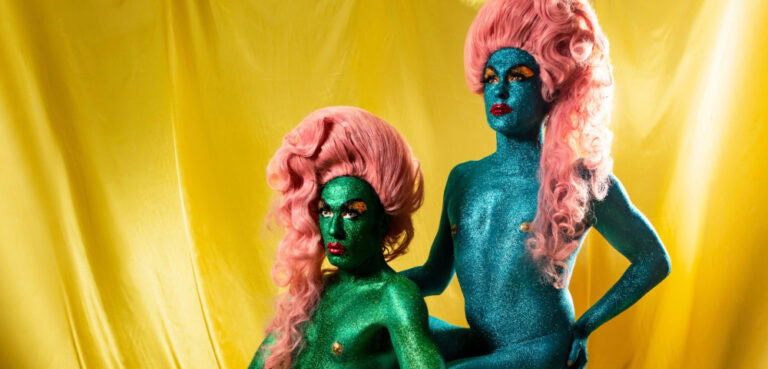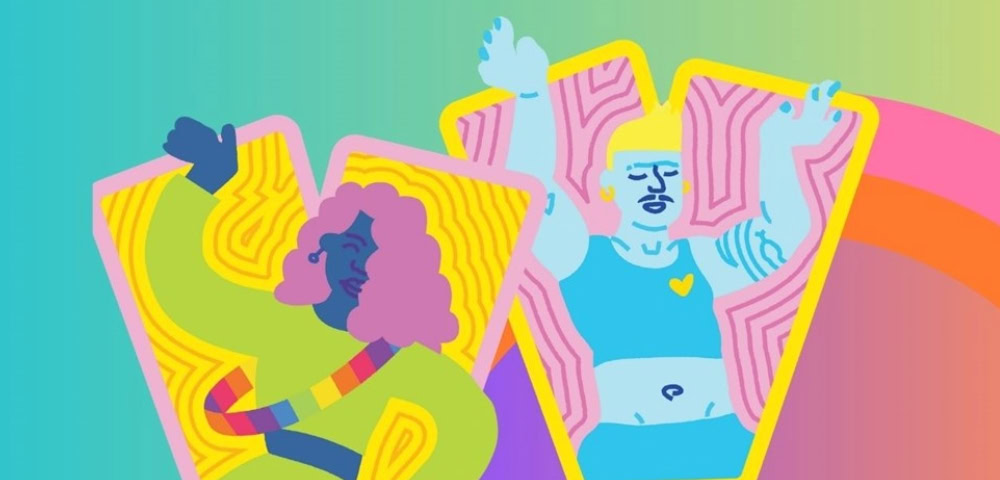
History is Queerer Than You Think

by Dr Graham Willett
Queer history offers great stories – stories of men who loved men, women who loved women, of those who loved both, of people who passed as the other sex, of parties and police and public places, of love and lust … Some of these were pretty grim stories – but not all. Historically, pleasure was as much a part of queer life as pain, and it is important to remember this.
One of the ways we remember these pasts is by seeing our heritage all-around us – places and objects that embody our pasts. As the Australian Queer Archives’ report, A History of LGBTIQ+ Victoria in 100 Places and Objects, reveals these might be as small as a mourning brooch or a political badge, as large as a house, as expansive as an entire precinct. All of them tell us about a past that may be very strange, even unrecognisable, and reminds us that our modern identities are not fixed or permanent.
Our recent publication, A History of LGBTIQ+ Victoria in 100 Places and Objects (2021), has been shortlisted for the Victorian Community History Awards. It was was commissioned by Heritage Victoria and prepared by us: https://t.co/eRHvd2EoKZ. pic.twitter.com/xxFNMYCTdz
— Australian Queer Archives (@AQuArchive) September 18, 2021
Understanding the past involves shaking off the idea that people back then were just us with different labels and in fancy dress. While people certainly behaved in ways that we might call “gay,” “lesbian,” “bisexual” and “trans,” and were certainly acting on desires when they did so, there is precious little evidence that they thought about themselves in ways that we take for granted.
The thing about queer history, though, is that it’s not just about us. Everything we did and said and thought took place within the broader history of Australia. From the convicts to our urban life, the Australian story is filled with queerness, if only we care to look for it.
‘Evidence of Us All Over’
Since the 1980s, historians did start looking, and found a lot more than any of us expected. The Archives’ 100 Places and Objects report found evidence of us all over Victoria from at least the time of colonisation. (We assume that we were there before that too, but no one has done that work yet).
In the wars that ‘made the nation’, plenty of the Diggers who desired the same-sex found each other. The military authorities knew it then and historians have rediscovered it since. When women were fighting for the vote or moving into new occupations, like teaching and medicine, they supported each other and often that support brought them into passionate friendships.
Queer history teaches us about ourselves, but also about Australia. What it was, what it has become – and how – and what we might yet achieve.
Graham Willett is a member of the Australian Queer Archives and publisher of Queer Oz Folk.










Religious schools will forever be a hot bed of torture for queers kids.
And parents must shoulder the blame for sending their queer kids to such institutions and suffer the consequences.
So Da Vinci and Turing achieved nothing of note because they were gay.
Along with millions of others on the planet.
Keep teaching being gay is a lifestyle choice.
That philosophy is heading down the shitter quickly and forever.